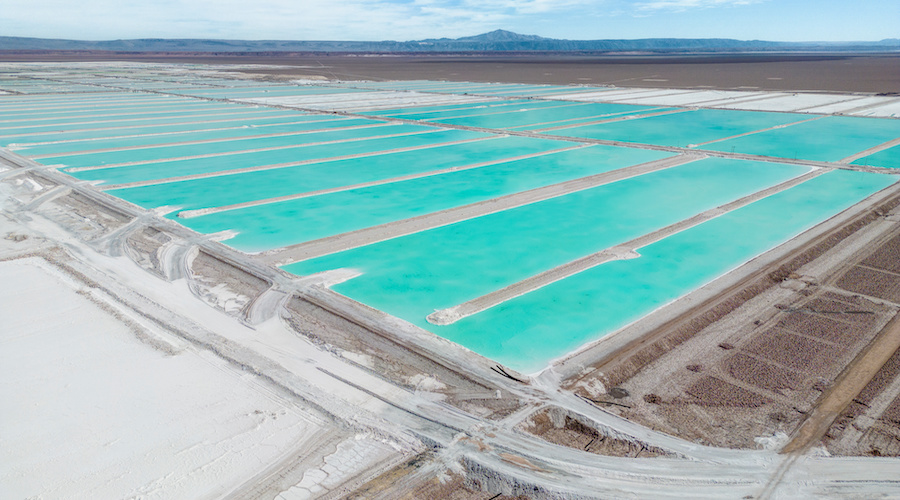Saudi Arabia just did the oil sands a huge favour
EthicalOil.org ran commercials about the treatment of women in Saudi Arabia on the Oprah Winfrey Network late August and has now been dragged in front of Canada's advertising authorities by the Kingdom, handing the controversial website a PR victory just as it was beginning to look as if its message was being drowned out by Hollywood celebs protesting oil sands pipelines.











